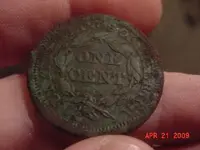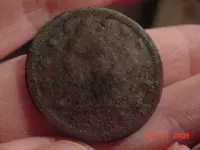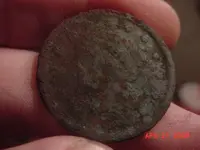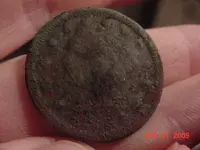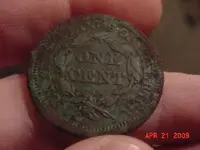Merf
Silver Member
- Joined
- Jan 7, 2007
- Messages
- 3,727
- Reaction score
- 1,923
- Golden Thread
- 0
- Location
- Northern Illinois
- Detector(s) used
- Minelab vanquish, Quest x10 pro, Quest x10 idmaXx
- Primary Interest:
- All Treasure Hunting
With all due respects, I have used peroxide a few times but I get better results putting them in a tumbler with white aquarium gravel, water, and 1 once of vinegar for a couple of hours.
I used peroxide on these and got very little improvement .
These pics are before and after the tumbler.
I used peroxide on these and got very little improvement .
These pics are before and after the tumbler.
Attachments
-
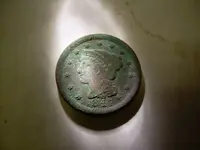 Large Coppas 1-10-08 011.webp37.9 KB · Views: 4,748
Large Coppas 1-10-08 011.webp37.9 KB · Views: 4,748 -
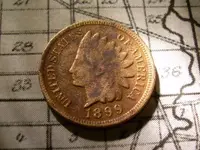 Large Coppas 1-10-08 036.webp121 KB · Views: 4,590
Large Coppas 1-10-08 036.webp121 KB · Views: 4,590 -
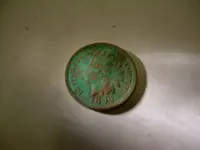 Large Coppas 1-10-08 014.webp20.3 KB · Views: 4,605
Large Coppas 1-10-08 014.webp20.3 KB · Views: 4,605 -
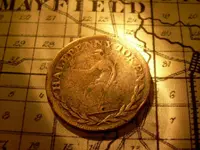 Large Coppas 1-10-08 032.webp142 KB · Views: 4,656
Large Coppas 1-10-08 032.webp142 KB · Views: 4,656 -
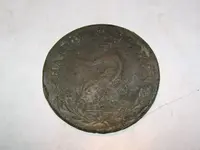 Large Coppas 1-10-08 017.webp50.3 KB · Views: 4,673
Large Coppas 1-10-08 017.webp50.3 KB · Views: 4,673 -
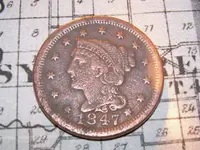 Large Coppas 1-10-08 025.webp164.8 KB · Views: 4,702
Large Coppas 1-10-08 025.webp164.8 KB · Views: 4,702 -
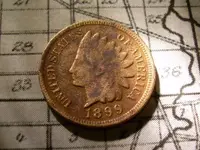 Large Coppas 1-10-08 036.webp121 KB · Views: 4,575
Large Coppas 1-10-08 036.webp121 KB · Views: 4,575 -
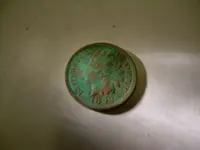 Large Coppas 1-10-08 014.webp20.3 KB · Views: 4,592
Large Coppas 1-10-08 014.webp20.3 KB · Views: 4,592 -
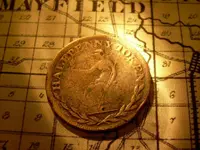 Large Coppas 1-10-08 032.webp142 KB · Views: 4,631
Large Coppas 1-10-08 032.webp142 KB · Views: 4,631 -
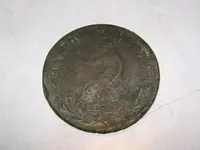 Large Coppas 1-10-08 017.webp50.3 KB · Views: 4,652
Large Coppas 1-10-08 017.webp50.3 KB · Views: 4,652 -
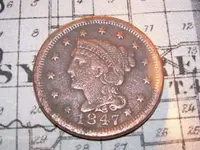 Large Coppas 1-10-08 025.webp164.8 KB · Views: 4,673
Large Coppas 1-10-08 025.webp164.8 KB · Views: 4,673 -
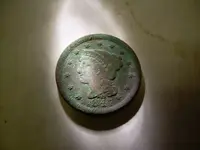 Large Coppas 1-10-08 011.webp37.9 KB · Views: 4,703
Large Coppas 1-10-08 011.webp37.9 KB · Views: 4,703








 :P
:P